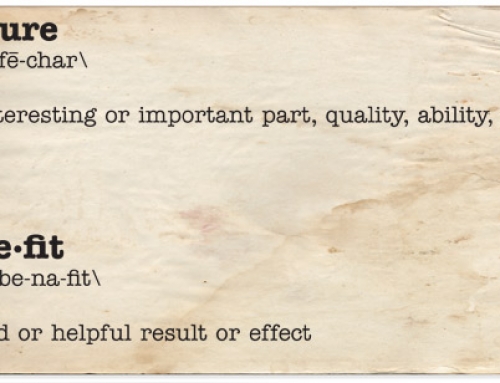Kinesthetic Learning – Let’s get physical …
Learning styles have a lot of influence on the way people consume messages. They also change the way individuals recall information, and even the words they choose.
The Physical (Bodily-Kinesthetic) Learning Style
The physical style is your audience, it’s likely that they use their body and sense of touch to learn about the world. It’s likely they like sports and exercise, and other physical activities such as gardening or woodworking. They like to think out issues, ideas and problems while they exercise. They would rather go for a run or walk if something is bothering them, rather than sitting at home.
They are more sensitive to the physical world around them. They notice and appreciate textures, for example in clothes or furniture. They like ‘getting your hands dirty,’ making models, or working out jigsaws.
They typically use larger hand gestures and other body language to communicate. They probably don’t mind getting up and dancing either, at least when the time is right.
When learning a new skill or topic, they would prefer to ‘jump in’ and play with the physical parts as soon as possible. They prefer to pull an engine apart and put it back together, rather than reading or looking at diagrams about how it works.
The thought of sitting in a lecture listening to someone else talk is repulsive. In those circumstances, they fidget or can’t sit still for long. They want to get up and move around.
Common Pursuits and Phrases
Pursuits that involve the physical style include general physical work, mechanical, construction and repair work, sports and athletics, drama and dancing.
Physical learners may tend to use phrases like these:
- That feels right to me.
- I can’t get a grip on this’
- Stay in touch.
- Get in touch with’
- That doesn’t sit right with me.
- I have good feelings about this.
- My gut is telling me’
- I follow your drift.
Learning and techniques
They use a physical style, use touch, action, movement and hands-on work in their learning activities. For example, if you are visualizing a tack (turn) on a sailboat, focus on physical sensations. Feel the pressure against your hand as you turn the rudder, and the tension lessening on the ropes. Feel the wind change to the other side, feel the thud as the sail swaps with the wind, and feel the boat speed up as you start the new leg.
Use physical objects as much as possible. Physically touch objects as you learn about what they do. Flashcards can help you memorize information because you can touch and move them around.
Keep in mind as well that writing and drawing diagrams are physical activities, so don’t neglect these techniques. Perhaps use big sheets of paper and large color markers for your diagrams. You then get more action from the drawing.
Use role-playing, either singularly or with someone else, to practice skills and behaviors. Find ways to act out or simulate what you are learning.
Why Learning Styles? Understand the basis of learning styles
Learning styles have a lot of influence on the way people consume messages. They also change the way individuals recall information, and even the words they choose.
Check back next time to learn about these styles in greater detail. In the meantime pay attention to all your senses it may surprise you!







